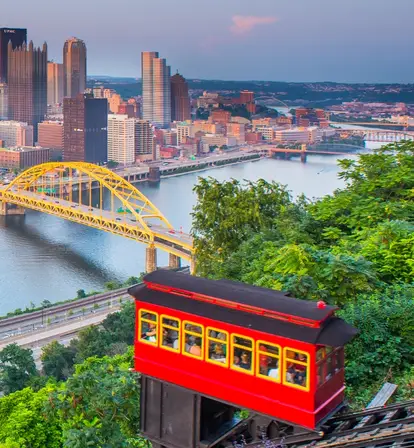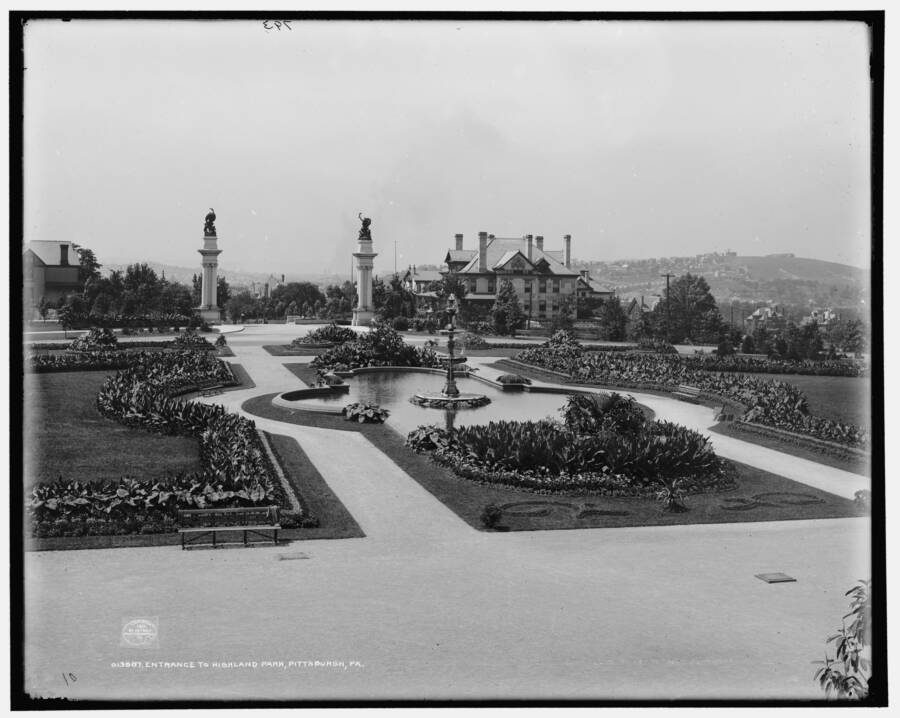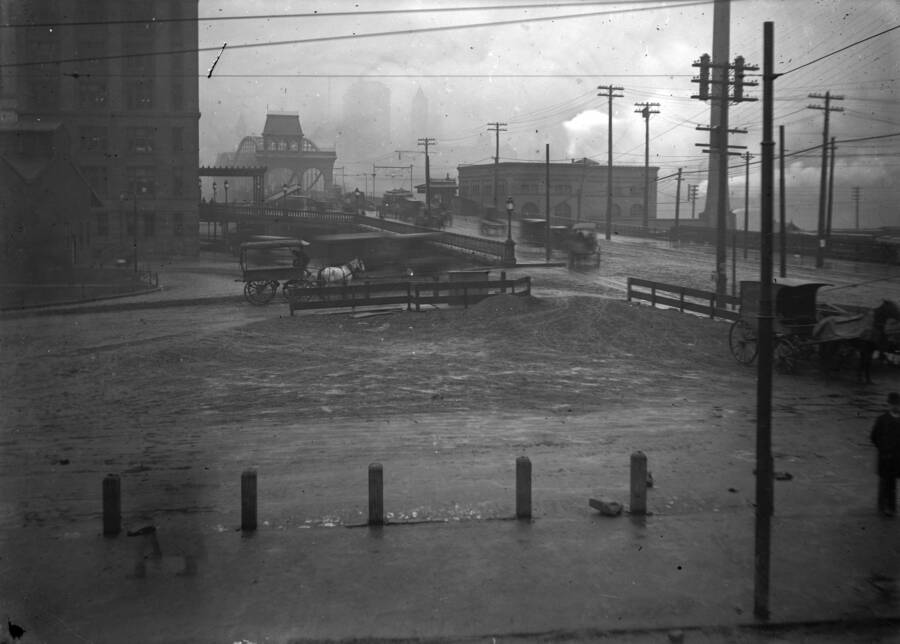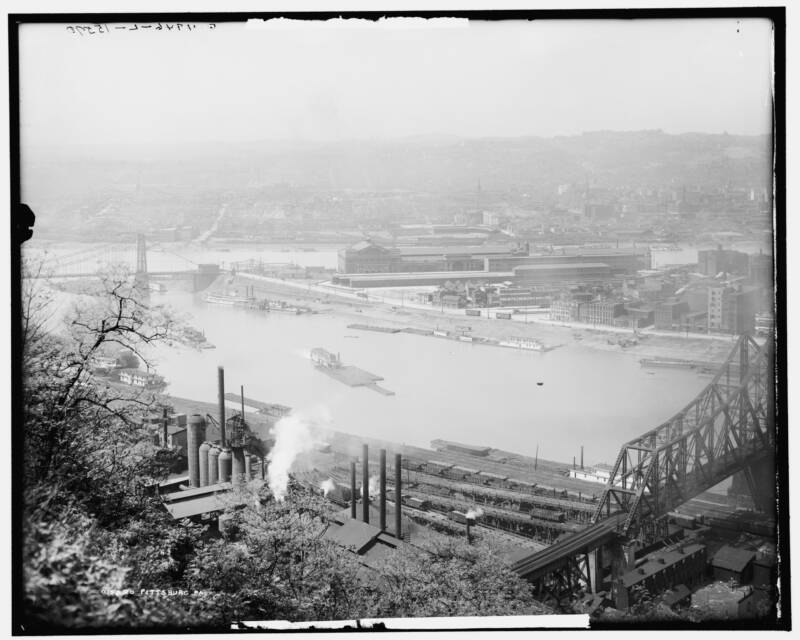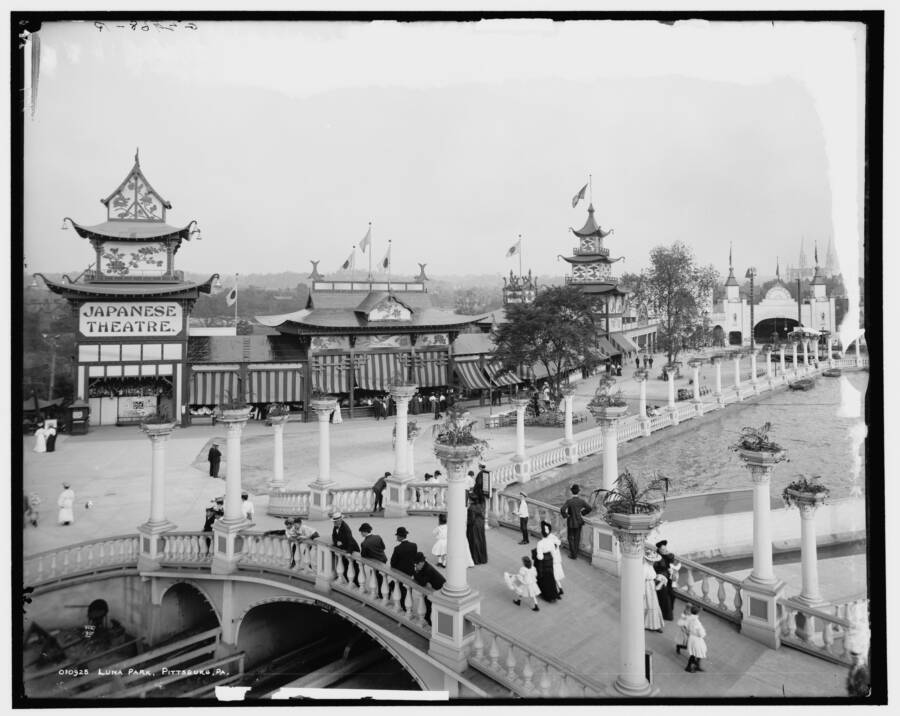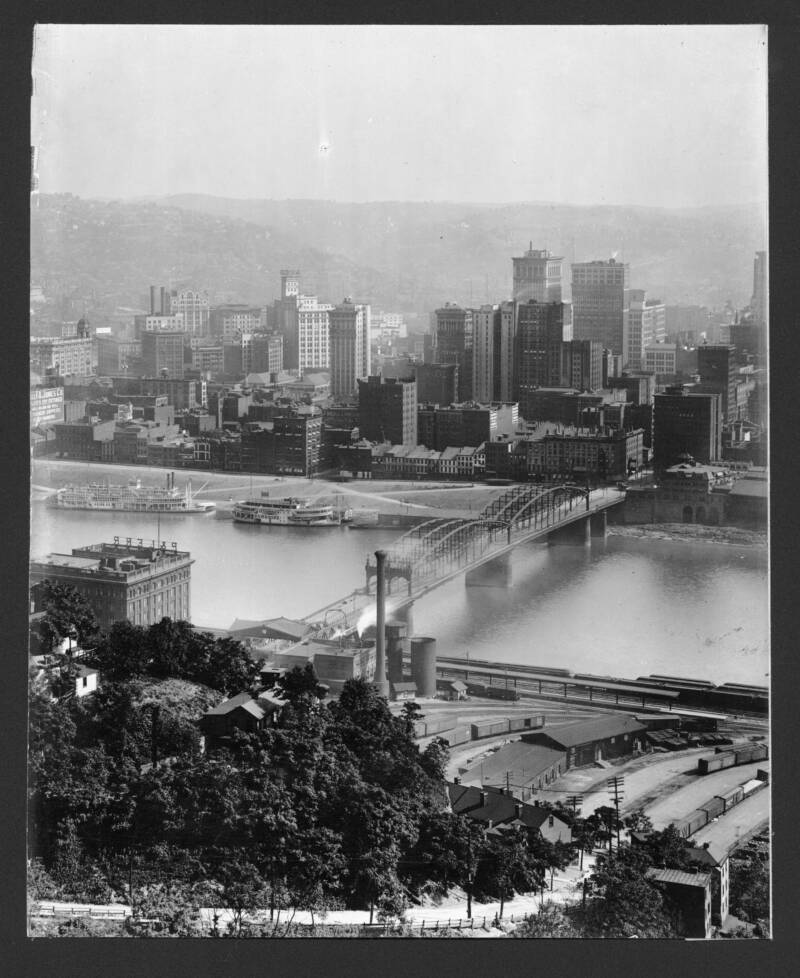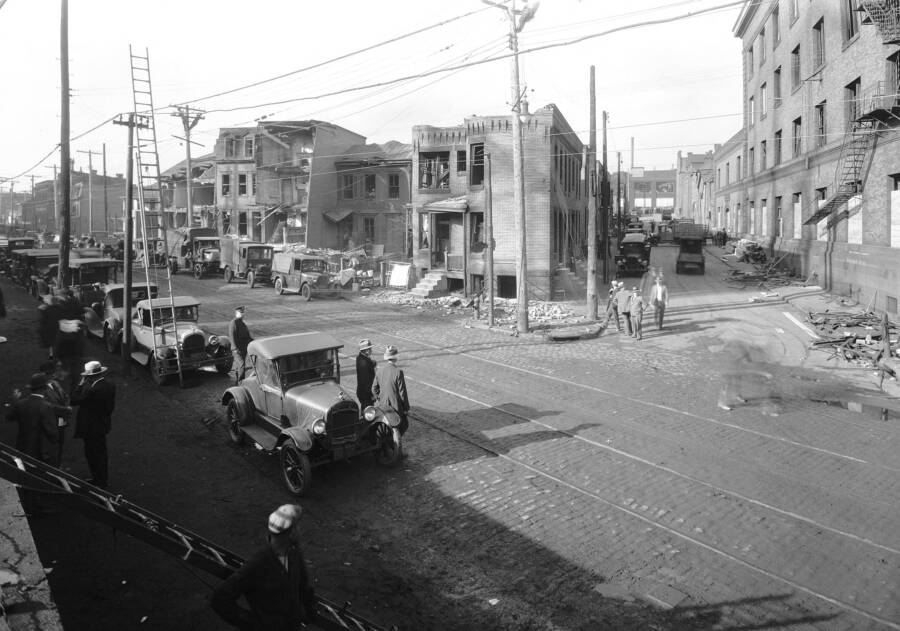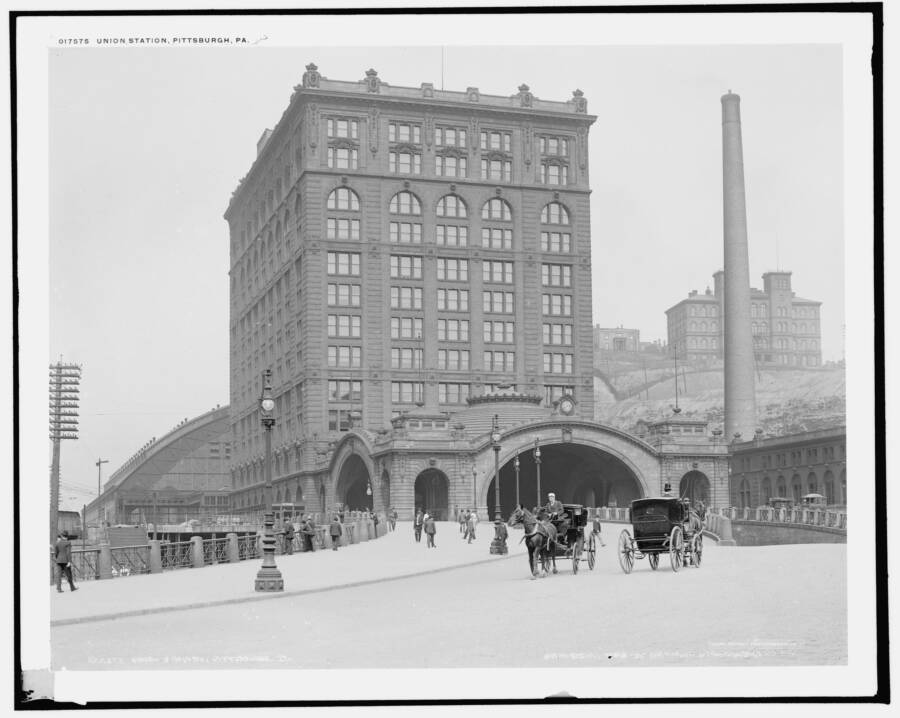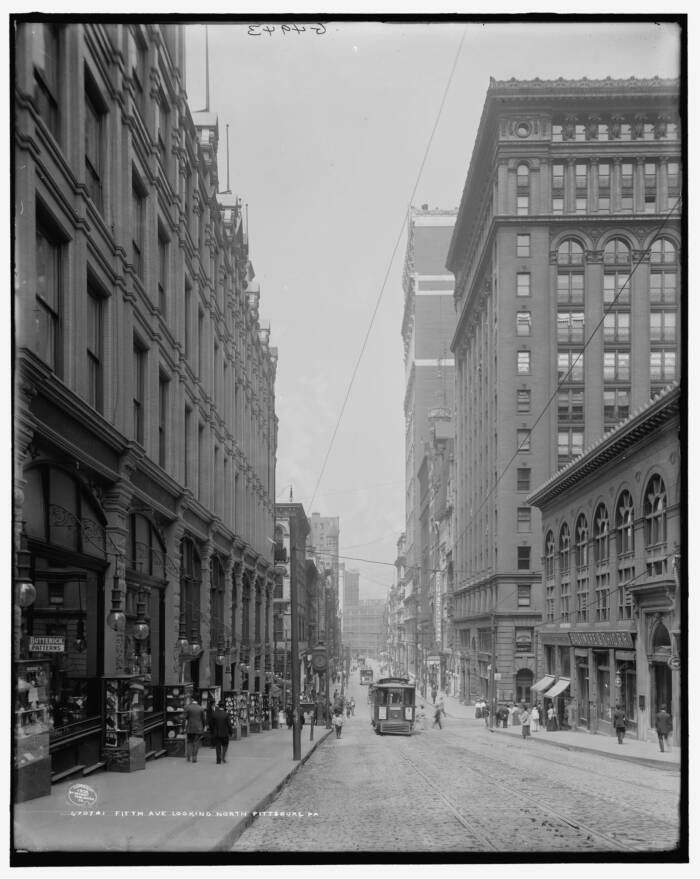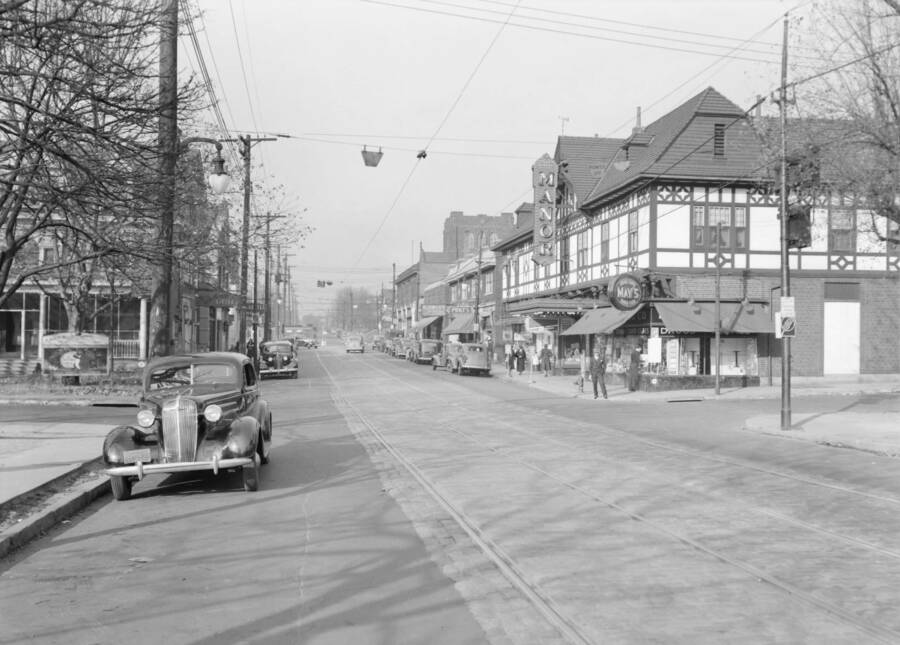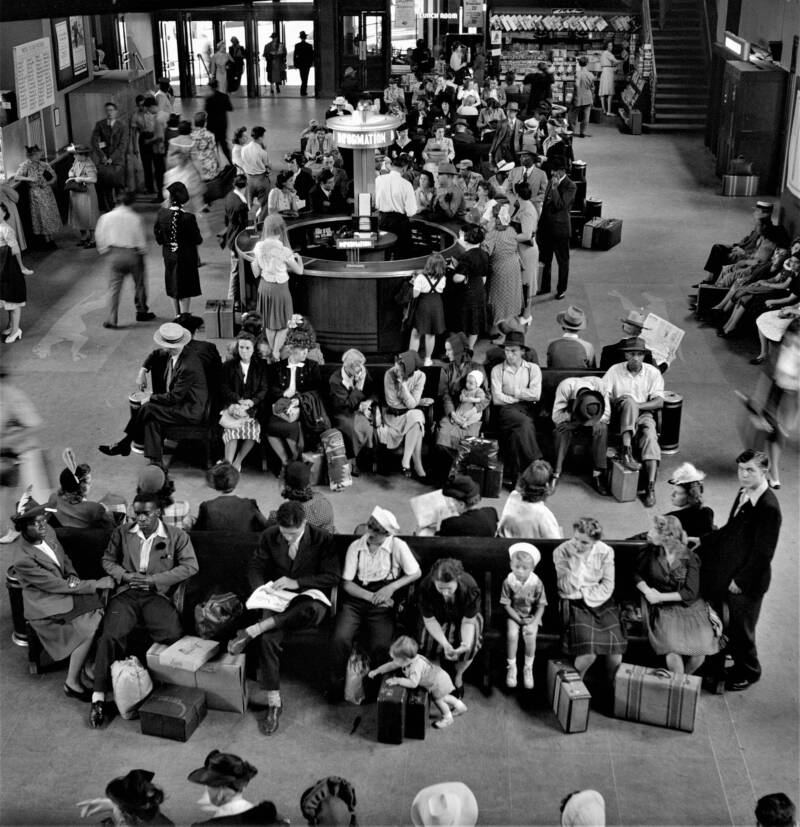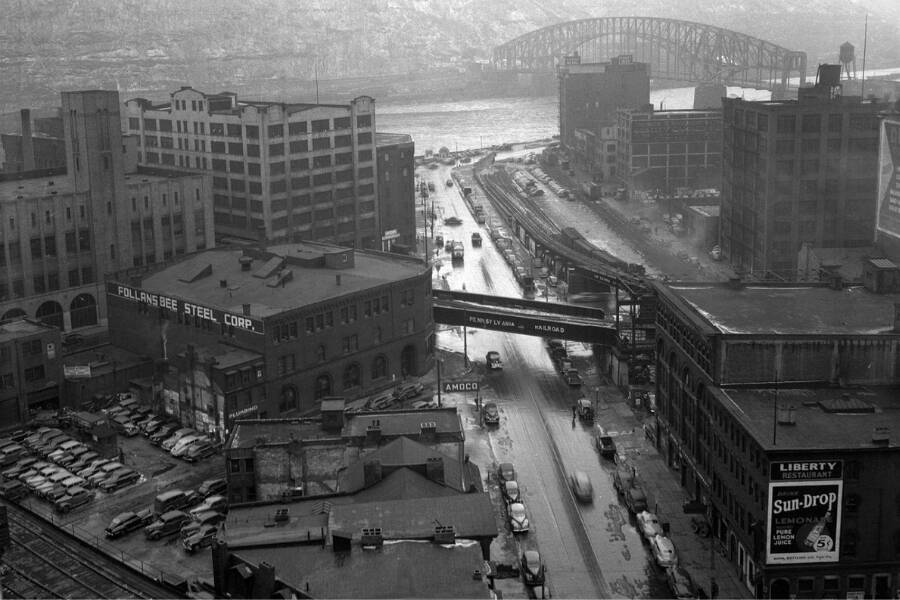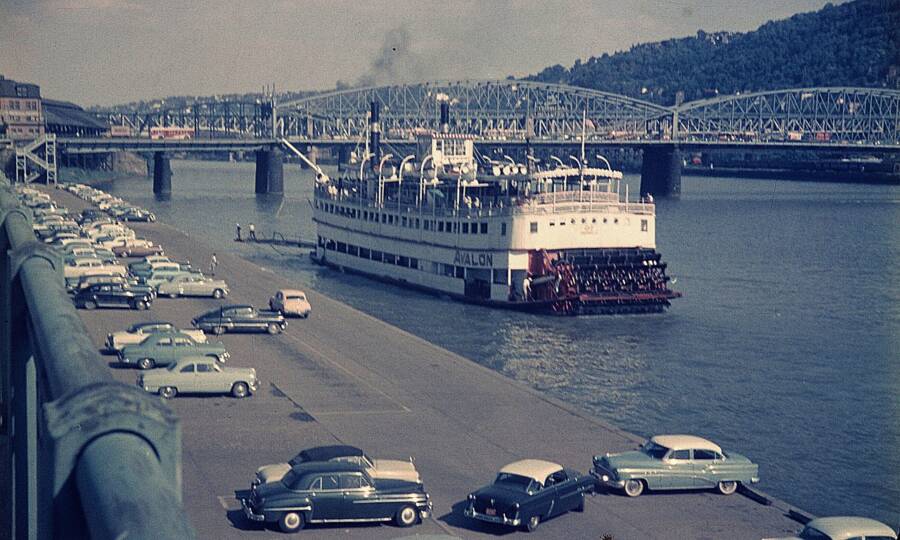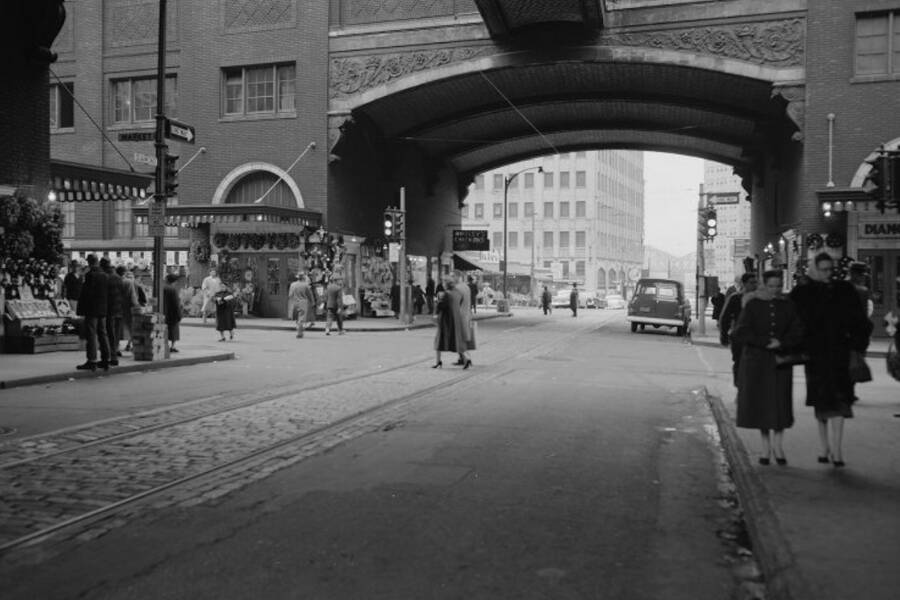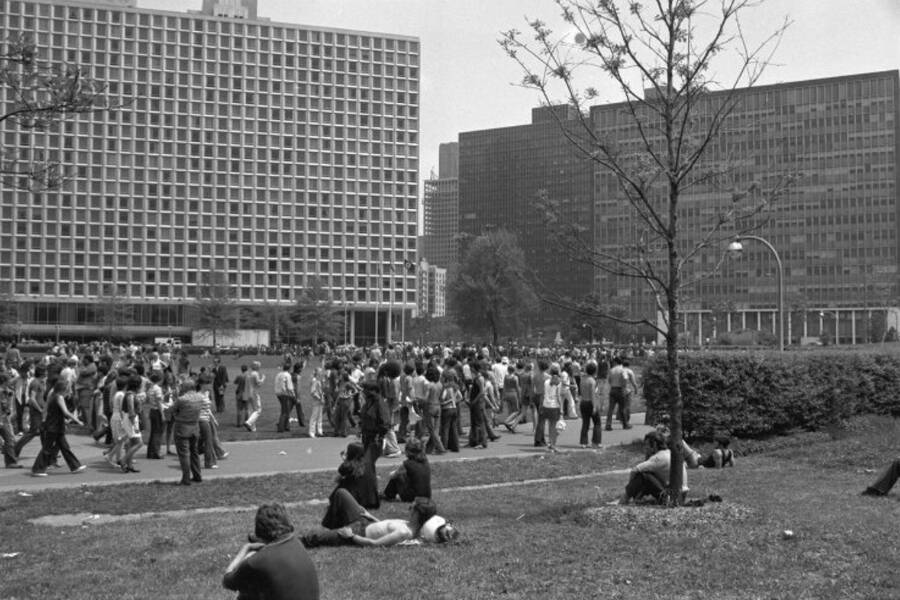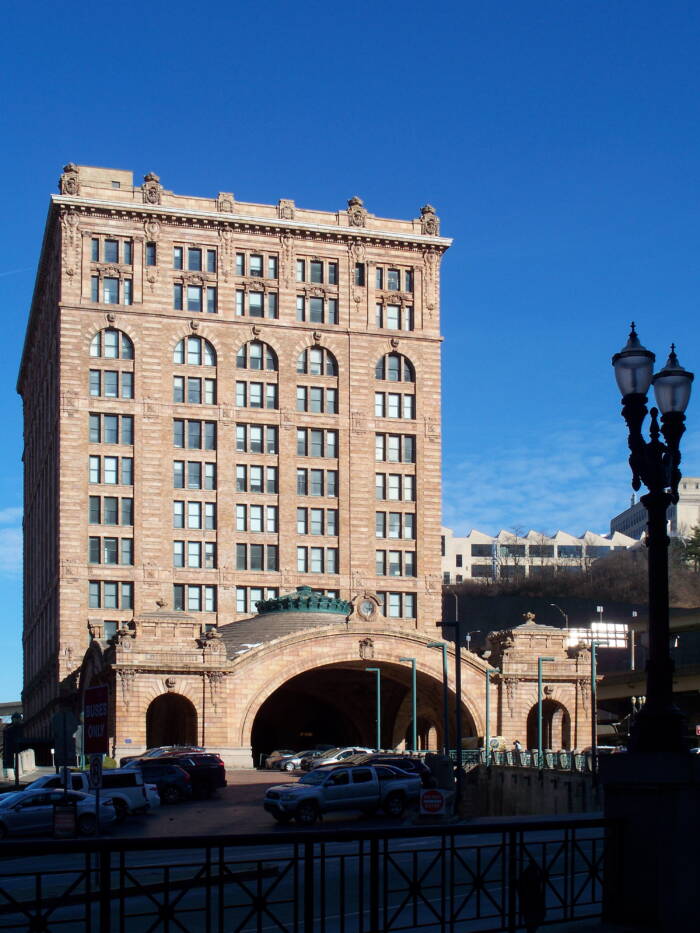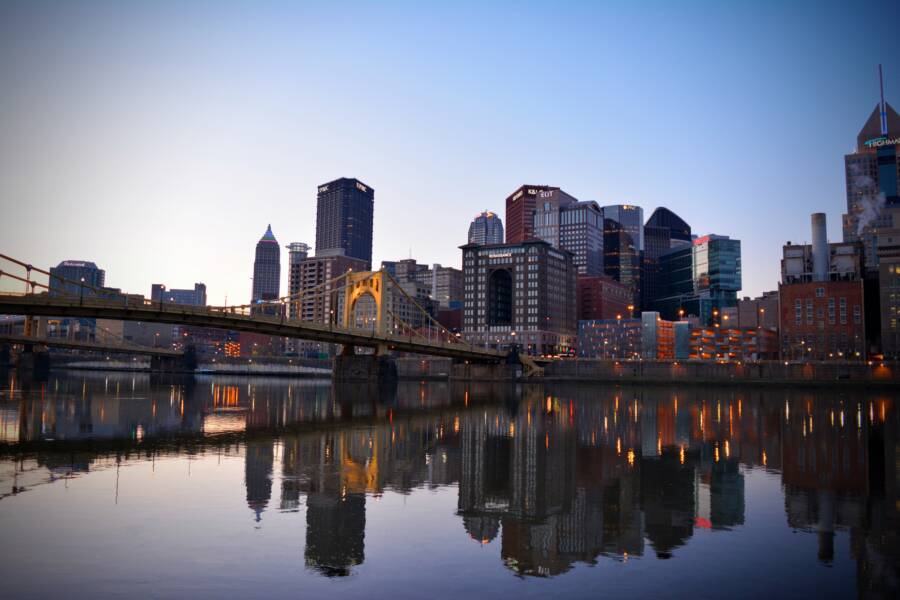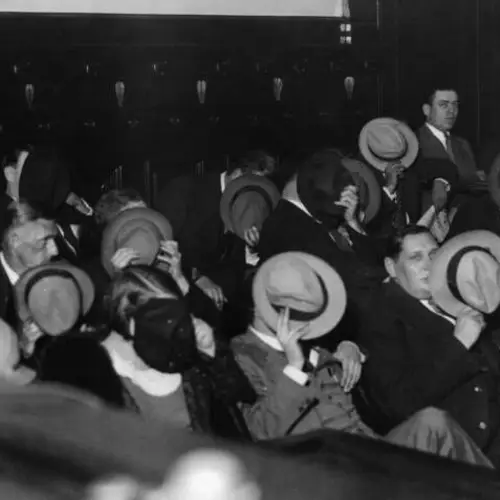Once known as the "City of Smoke," Pittsburgh used to produce over half of America's steel. Though the steel industry largely crumbled by the 1980s, the city made an impressive comeback by reinventing itself.
Pittsburgh, Pennsylvania is something of a unique city, forged from the confluence of the Allegheny, Monongahela, and Ohio Rivers. With more than 400 bridges stretching across the waterways, Pittsburgh has always been a pioneering city from an industrial and technological standpoint, though it rarely receives the same recognition as other American cities like New York, Chicago, Los Angeles, Seattle, or even Philadelphia.
It’s likely that many people still think of the Steel City as nothing more than a city full of factories or as the home of the Pittsburgh Steelers football team, but over the course of the last century, Pittsburgh has made steady improvements to become one of the most livable cities in the United States.
From its early days as a strategic fort, to its rise as an industrial powerhouse, to its current renaissance as a hub for technology, education, and healthcare, Pittsburgh’s story is one of constant evolution.
The Birth Of Pittsburgh: From Fort To City
Like most parts of the U.S., the region now known as Pittsburgh was once inhabited by Native American tribes. In this particular instance, it was the Algonquian- and Iroquoian-speaking peoples who first lived in the region.
By the mid-1700s, the French had established Fort Duquesne, which was then overtaken by the British in 1758. Three years later, the British built Fort Pitt, securing their dominance over the source of the Ohio River, which begins where the Allegheny and Monongahela Rivers meet.
In 1763, the British drove out Native American forces led by the Ottawa chief Pontiac. After that, several Indigenous groups reached an agreement with the British Penn family, and settlers began to move to the area.
As Fort Pitt gradually turned into a more habitable space, it was given the name Pittsburgh, which gradually expanded along the space known as the "Golden Triangle," which is where the three rivers meet.
Early Pittsburgh was a highly strategic location during times of war, surrounded by both waterways and hills, but it proved to be even more viable economically as the 19th century came along.
The Steel City Emerges During The Industrial Era
Pittsburgh's surrounding regions were rife with natural resources, primarily those that greatly benefitted an industrial America — namely, iron and coal.
The industrialization of Pittsburgh began in earnest in 1792, when George Anschutz erected a blast furnace in the city. This helped pave the way for Pittsburgh's successful future in the iron and steel industries.
By the mid-19th century, Pittsburgh had made a clear name for itself as an industrial hub, with some dubbing it "Iron City." And the completed construction of both the Pennsylvania Canal and the Portage Railroad enabled easy access to vital trade and shipping markets.

Wikimedia CommonsHomes on the outskirts of Pittsburgh in the 1940s. The city is barely visible in the background, due to industrial smoke.
The onset of the American Civil War saw a major economic opportunity for Pittsburgh, as the city proved to be an invaluable exporter of armaments, ammunition, and other supplies to the Union Army. The Allegheny Arsenal alone produced as many as 40,000 bullets per day during the war.
After the Civil War came to an end, large populations of European immigrants flocked to the city in search of new opportunities. Later on, some of the city's most influential industrial magnates began to establish their steel empires, including Andrew Carnegie and Henry Clay Frick.
But not everything was perfect. Pittsburgh's status as an industrial center meant that the city would also become infamous for its air pollution. One writer who visited the city in 1866 wrote, "Smoke, smoke, smoke — everywhere smoke. Like looking over into hell with the lid taken off."
There was also rising tension between the city's laborers and their managers, leading to the establishment of the American Federation of Labor in 1881. A little over a decade later, in 1892, Carnegie and Frick's company Carnegie Steel saw thousands of its workers organize the Homestead Strike after the announcement of widespread pay cuts across the organization.
The strike exploded into an armed conflict between strikers and the Pinkerton National Detective Agency, leading to at least 12 deaths. Ultimately, the strike was defeated, dealing a major blow to unionization efforts in the steel industry. The industry itself, however, continued to thrive — though it largely came at the cost of the well-being of workers and the environment.
Pittsburgh's Transformation During The 1900s
Throughout the first half of the 20th century, Pittsburgh continued to thrive as an industrial city — and workers kept arriving en masse for job opportunities. By 1900, the city's population had grown to over 320,000 people, and that only continued to rise during World War I and World War II. After all, steel was certainly in high demand during this time.
Five years after World War II ended, the city's population had reached over 675,000, but the demand for steel began to decline in the post-war period.
What's more, the city had become the poster child of American industrial cities — and not in a good way. The skies were often hazy with smoke from steel plants, and laborers were frequently covered in soot and grime.
In fact, many workers got so dirty on the job that they began using "Pittsburgh toilets" and showers in their basements — which had originally been built to prevent sewage backups — to relieve themselves and get cleaned up before entering any other parts of their homes.
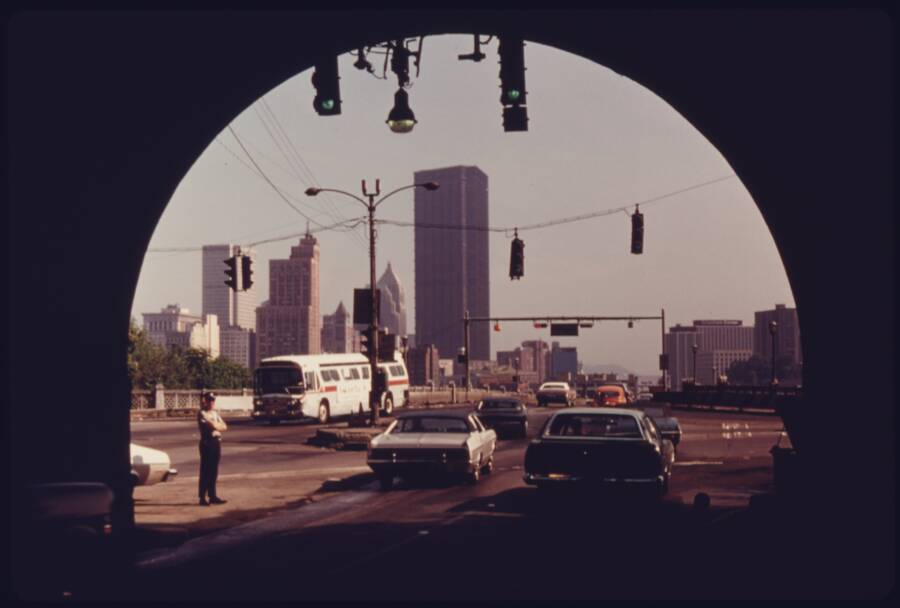
Wikimedia CommonsA view of Pittsburgh from the Liberty Tunnel. 1974.
But Pittsburgh's reputation as a gritty industrial hub wouldn't last forever.
Like many Rust Belt cities, Pittsburgh eventually fell victim to deindustrialization. When the steel industry crumbled by the 1970s and 1980s, Pittsburgh began experiencing economic turmoil and population loss. During this period, the local unemployment rate peaked at over 18 percent. And by 1990, about 30 percent of Pittsburgh's population had fled.
Meanwhile, many people reported feeling uncomfortable or even afraid to venture into Pittsburgh's downtown area, as it had essentially turned into a red light district during the 1970s and 1980s, with multiple "triple-X" performance spaces, adult movie theaters, and massage parlors.
Despite this, Pittsburgh worked on reinventing itself, diversifying its economy by investing in successful new industries such as healthcare, education, and technology. It also focused on improving its once-dismal air quality.
Why Pittsburgh Is Now One Of The Most Livable Cities In The United States
That brings us to today, where Pittsburgh is no longer the hazy, soot-covered industrial center of the past, but rather a clean, livable metropolis with a "small-town charm" and urban amenities. It is now home to a variety of industrial research laboratories and technology companies. To name one, the language education app Duolingo has its headquarters in Pittsburgh.
The old Golden Triangle saw major renovations starting in the late 1960s and early 1970s, which eventually transformed it into Point State Park and the Gateway Center — a far cry from the industrial setting of decades past.
A decades-long effort to decrease the city's air pollution — beginning in the 1940s — has also seen success. Pittsburgh began piping natural gas into the city, replacing coal locomotives with diesel locomotives, and cleaning any buildings covered in soot. And naturally, as the city's become less dependent on iron and steel production, the air quality has steadily improved.
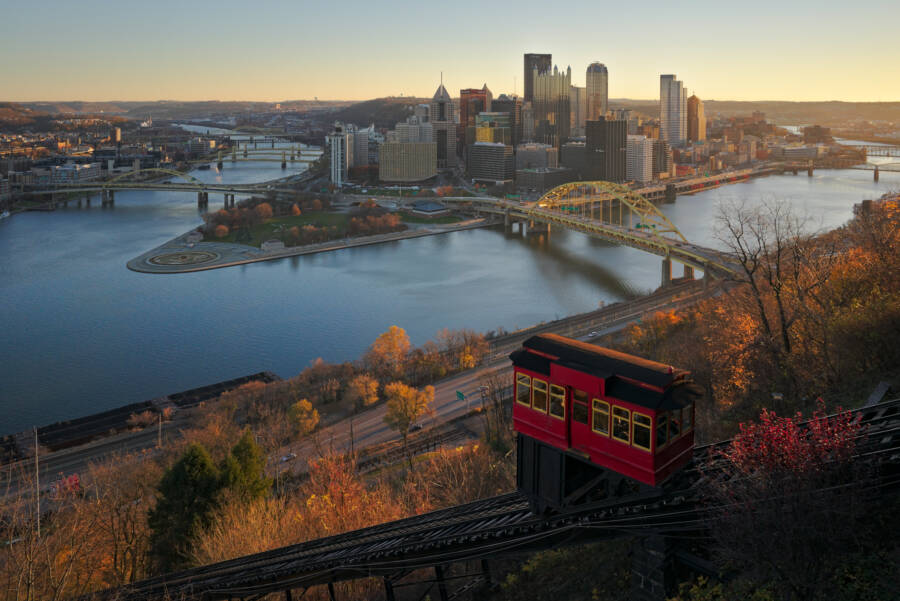
Wikimedia CommonsThe modern-day Pittsburgh, pictured at sunrise in 2015.
The city is also home to top-tier schools, medical centers, and other institutions — including many that bear Carnegie's name, such as Carnegie Science Center, Carnegie Library of Pittsburgh, and Carnegie Music Hall.
While the roots of Pittsburgh's industrial past can certainly be felt across the city, the Pittsburgh of modern times is a vibrant, clean, livable city that shows just how far we can progress in a relatively short period of time.
After exploring the history of Pittsburgh, go inside the rise and fall of Atlantic City. Then, take a look at our gallery of 44 photos of Appalachia.
